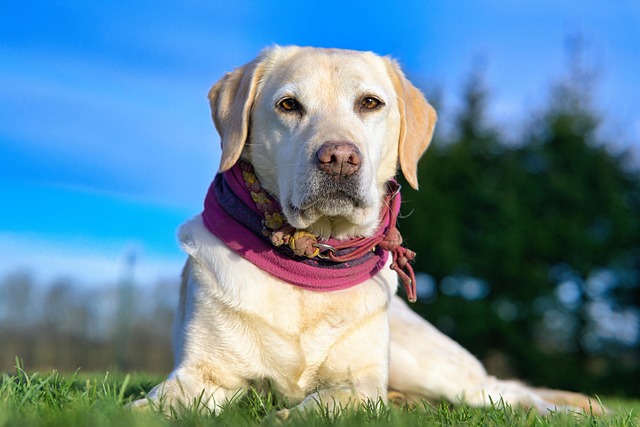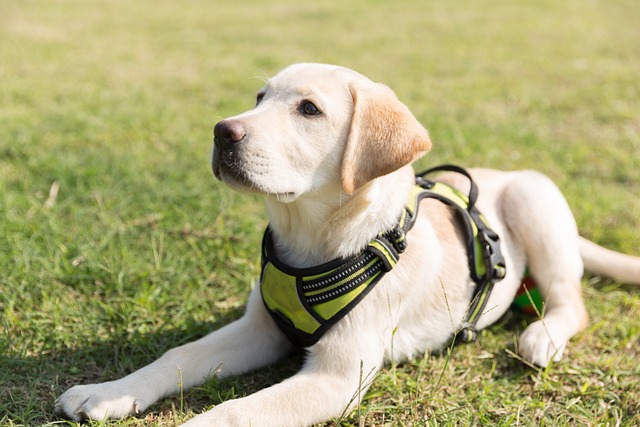
How do i train my dog to be obedient?
Watching your dog dart across the park ignoring your calls isn’t just frustrating—it can put them at risk near busy streets or public spaces.
The dream of a peaceful stroll with your two dogs can quickly turn into a chaotic tango of tangled leashes, pulling, and excitement. Walking two dogs simultaneously is an advanced skill that requires significant pre-training; it’s not where you start, but where you aim to finish. The secret isn't to just clip on two leashes and hope for the best, but to first master loose-leash walking with each dog individually. This foundational work is critical for achieving the harmony of a successful multi-dog walk.
The science behind this challenge is rooted in canine social dynamics and individual focus. Dogs naturally have different paces, curiosity levels, and reactions to stimuli. When walked together without proper training, they often feed off each other's excitement or anxiety, creating a cycle of pulling and reactivity. The modern, force-free approach uses positive reinforcement training to build a strong individual connection with each dog before combining them. This method aligns with cultural standards that reject the use of corrective tools like prong or shock collars, which can increase frustration and aggression between dogs. Instead, the goal is to teach each dog that walking calmly near you is the most rewarding option, regardless of what the other dog is doing.
Your practical strategy must be systematic. Begin by training each dog alone until they can walk politely on a loose leash in your neighborhood without pulling. Once each dog is reliable on their own, begin desensitizing them to each other's equipment. Have both dogs on leash inside your home, calmly feeding them treats for ignoring each other. Next, try walking them with a helper—each person handles one dog, walking parallel but several feet apart, rewarding calm behavior. Gradually decrease the distance between you over multiple sessions. When you're ready to walk them solo, use a hands-free waist leash for the calmer dog and hold the other leash in your hand, or use a double-leash coupler only if both dogs walk at the same pace and don't pull. Always carry high-value treats to reward them for checking in with you and maintaining slack in the leash.

Mastering the dual walk is a pinnacle of responsible dog ownership that directly impacts your community standing. This control ensures you can always manage your dogs around triggers, which is your legal duty. It begins with ensuring each dog’s rabies vaccination is meticulously kept up-to-date—a fundamental non-negotiable requirement for public safety. Furthermore, a calm, controlled walk means you can effortlessly fulfill your obligation to clean up after both pets. Always carrying a surplus of poop bags and immediately scooping all waste is not just a courtesy; it is legally mandated in most U.S. cities and is the ultimate sign of a respectful neighbor. For apartment dwellers, this control is essential for navigating tight spaces like lobbies and elevators without chaos, preventing noise complaints and ensuring a peaceful environment for all residents. The effort you invest in individual training culminates in the pleasure of a peaceful, synchronized walk, showcasing your commitment to being a conscientious member of your community.

Watching your dog dart across the park ignoring your calls isn’t just frustrating—it can put them at risk near busy streets or public spaces.

New puppy owners often find themselves rushing to clean up accidents before they set in, and that’s where puppy pad training becomes a game-changer.

If you've noticed your dog's waistline disappearing and your veterinarian has mentioned those few extra pounds, your first instinct might be to simply reduce the amount of food in their bowl.

Training a dog to use a designated spot indoors isn’t as daunting as many new owners fear, but it does take consistency and an understanding of your pet’s needs.

That moment of dread on a walk is all too familiar for many new dog owners. You see another dog approaching down the sidewalk of your neighborhood

If the sight of another dog on your neighborhood walk makes your heart sink as your own dog erupts into a frenzy of barking and lunging, you're not alone.